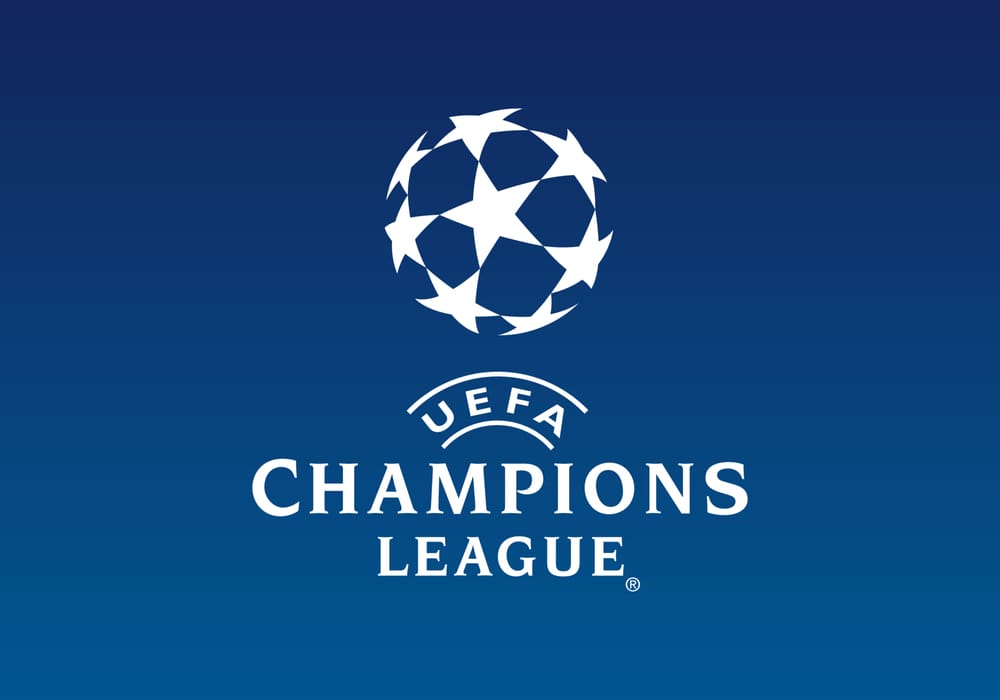Unveiling the Champions League History: The Story of the First Season
In this article, we look back at the first season of soccer's most important club trophy: the UEFA Champions League.

From its modest beginnings to its rise as the epitome of European club competition, the Champions League history is laced with moments of grandeur and spectacular feats. Established in 1955, the tournament, initially named the European Cup, evolved significantly before adopting the title of the UEFA Champions League in the 1992–1993 season. As the narrative of its inaugural season unfolds, one can't help but marvel at the transformative journey that resonates at the heart of European football.
The birth of what we know today as the Champions League traces back to the mid-20th century, when the concept of a European-wide tournament began to take shape. The European Cup emerged from the vision of bringing together the continent's top soccer clubs to compete in a singular, prestigious competition. Initially, the contest was straightforward—a pure knockout competition that welcomed only the elite, the domestic league champions, to vie for the title and glory. It didn't take long for this novel idea to capture the imagination of clubs and fans alike as timeless matchups unfolded on the pitch.
One club, Real Madrid, exemplified the sheer dominance an individual team could exert in the competition, securing a triumphant spell that saw them clinch victory in the tournament's first five editions, forever etching their name into Champions League history. This period highlighted not just a club's golden era but signaled the start of a European soccer institution that would continue to evolve and inspire generations.
With the winds of change blowing through European football, the competition itself underwent a transformation, most notably in the 1991–1992 season with the introduction of a group stage system. This crucial change allowed for more games and greater exposure for clubs, creating a buildup that generated anticipation and excitement among fans and players alike. The subsequent renaming of the contest to the UEFA Champions League in 1992 wasn't merely a change in nomenclature but symbolized the revamped format and a redefined vision for European club football's future.
The UEFA coefficients, a pivotal aspect of the competition, further cemented the integrity and fairness of determining participant clubs. These coefficients, calculated from the results of each association's clubs, affirmed the merit-based approach that rewarded performance on the European stage. The result was a fluid and dynamic competition that gradually expanded to incorporate more teams, reflecting the growing stature and universal appeal of the Champions League, which now encompasses multiple nations and a diverse pool of talent.
These transformative strides from the European Cup to the UEFA Champions League ensured the tournament's evolution paralleled the progressive nature of the sport, turning a once knockout-style competition into a season-long spectacle that spotlights football's most exceptional talents and teams across Europe. It's a legacy that continues to unfold, fueling the passion and dreams of players and fans every season as part of the rich tapestry of Champions League history.
The 1992-1993 Debut Season
Embarking on a new era of European club football, the 1992–1993 debut season of the UEFA Champions League marked a defining moment in the history of the Champions League. This inaugural season witnessed a metamorphosis from the conventional knockout style of the European Cup to a dynamic group stage format, propelling the tournament onto a grander stage. The rebranded competition, inclusive of a round-robin group stage, was set to escalate the prestige of European soccer to new heights. It established a structure bearing semblance to the FIFA World Cup format, where the expansion to include multiple clubs competing in the group stages enriched the tournament with broadened inclusivity and intensified rivalry.
After two knockout rounds, eight teams qualified for the group stage, divided in two groups:
Group A
Olympique de Marseille (France)
Glasgow Rangers (Scotland)
Club Brugge (Belgium)
CSKA Moskou (Russia)
Group B
AC Milan (Italy)
IFK Göteborg (Sweden)
FC Porto (Portugal)
PSV Eindhoven (The Netherlands)
Fun fact: the Champions League logo consists of eight stars, each of which represents a team of the first edition.

The final of the 1992-1993 UEFA Champions League took place at the Olympiastadion in Munich, Germany, on May 26, 1993, between the winners of Group A and Group B. Olympique de Marseille faced AC Milan, the runner-up of the year before. Marseille emerged victorious, winning 1-0, with Basile Boli scoring the only goal.
Brazilian striker Romario (PSV Eindhoven) was the top scorer in the first Champions League season with 7 goals.
The trailblazing 1992–1993 season not only germinated the seeds for what the UEFA Champions League would become in the annals of soccer history but also amplified its universal acclaim. The introduction of the group stage system brought forth a more extensive, engaging competition that fans across the continent could look forward to with bated breath every year. The prestige that unfolded then continues to resonate, as the Champions League remains the stage where giants clash, records are broken, and history is continually rewritten in the perpetual narrative that is the Champions League history.




